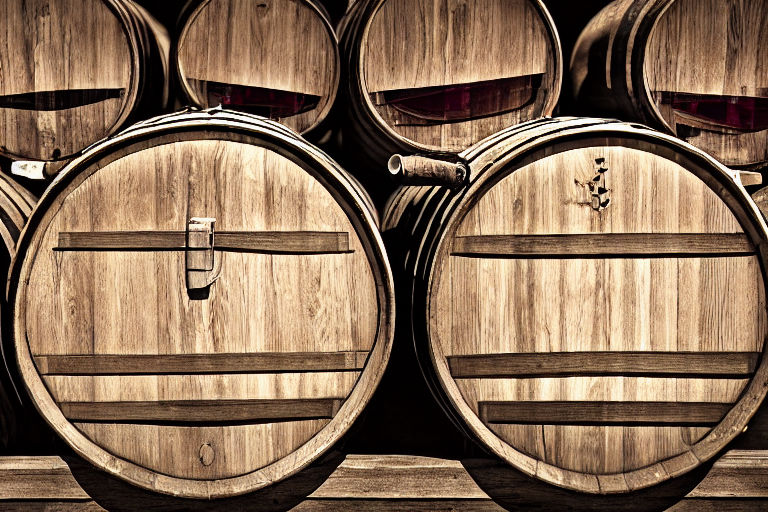Oak vs. Stainless Steel: How Barrel Choice Affects the Flavor and Quality of Wine During Fermentation
Wine lovers around the world debate on the best type of barrel for fermenting wine. Two popular choices are oak and stainless steel. While oak barrels have been used for centuries and remain a popular choice for many winemakers, stainless steel has gained popularity in recent years. This article will explore the differences between the two barrel types and how they can affect the flavor and quality of wine during fermentation.
Oak Barrels
Oak barrels are traditional and have been used for centuries in winemaking. These barrels are made from oak trees and are known to add unique flavors to the wine. The flavor profile of oak barrels can vary depending on the type of oak used, the origin of the oak, and the level of toast used in the barrel. Some common flavors associated with oak barrels include:
- Vanilla
- Spice
- Coconut
- Caramel
Oak barrels are also porous, which allows oxygen to slowly seep into the wine during the fermentation process. This oxygen exchange can soften tannins and create a smoother, more complex wine. However, these barrels can be expensive and require regular maintenance to keep them in good condition.
Stainless Steel Barrels
Stainless steel barrels have become increasingly popular in modern winemaking. These barrels are made from stainless steel and are non-porous, which means no oxygen is exchanged during fermentation. The lack of oxygen exchange can result in a more fruit-forward wine that retains its crisp acidity. Stainless steel barrels also do not impart any additional flavors, leaving the wine in its purest form.
Additionally, stainless steel barrels are easier to clean and maintain. They are also more cost-effective than oak barrels, making them a popular choice for many winemakers.
How Barrel Choice Affects the Flavor and Quality of Wine
So, how does barrel choice affect the flavor and quality of wine during fermentation? The main difference between oak and stainless steel is the flavors they impart. Oak barrels add unique flavors and aromas to the wine, while stainless steel preserves the wine's natural flavors and acidity.
The choice between oak and stainless steel ultimately comes down to personal preference and the type of wine being made. If the winemaker is looking to create a bold, complex wine with unique flavors, then oak barrels may be the way to go. However, if the goal is to create a fresh, fruit-forward wine that retains its natural acidity, then stainless steel may be the better choice.
In conclusion, both oak and stainless steel barrels have their benefits and drawbacks. The choice between the two ultimately comes down to the type of wine being made and personal preference. Whether you prefer the traditional flavors of oak or the purity of stainless steel, the most important thing is to choose a barrel that produces a wine that you love.



